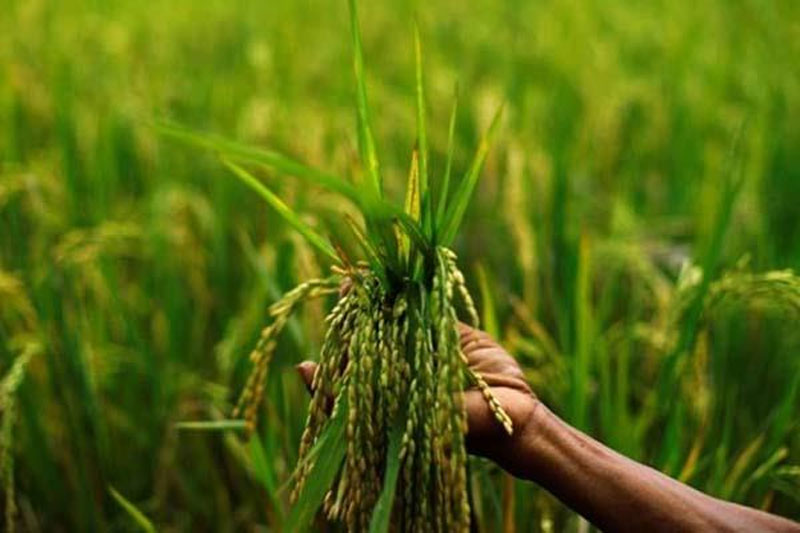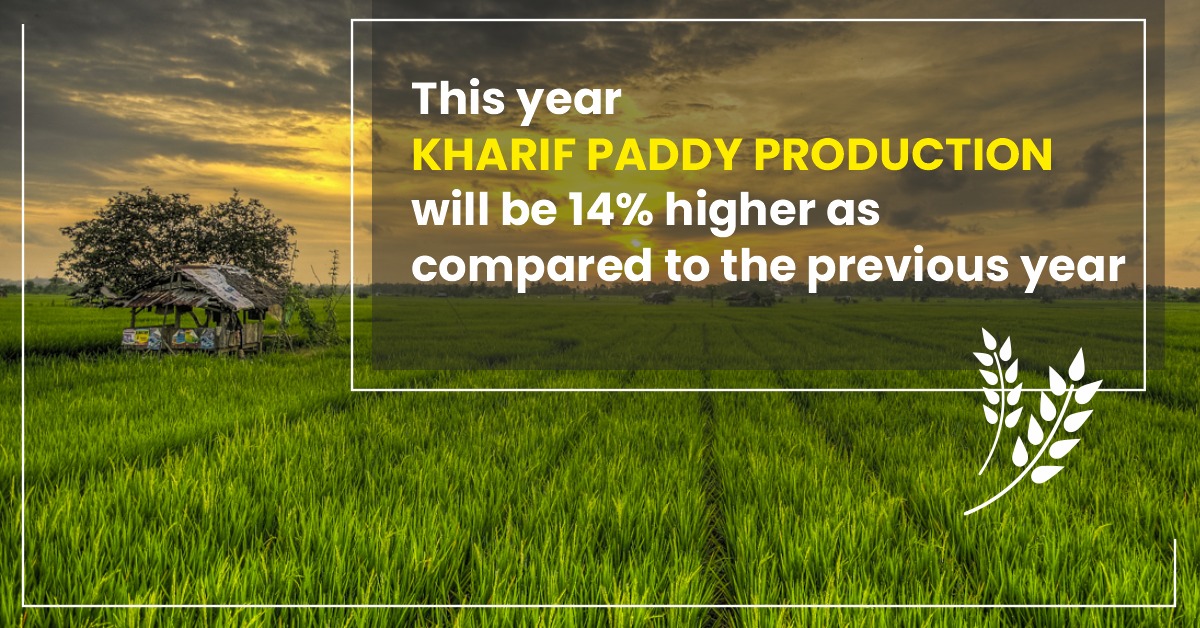
Southwest Monsoon began on a positive note and marked an impressive beginning over most parts of the country. With a steady pace of advancement, it ended with a 18% surplus rains in June. During July it was sluggish and ended with a deficit of 10%, post that August ended with an excess of (a record of the past four decades) 27% taking the tally of Monsoon to 110% of LPA (Long Period Average). It was predicted that September is likely to end with normal rainfall.
Following good rainfall during the period spanning from June to August, the reservoir status has improved. By 27th of August this year, cumulative live storage of 123 reservoirs across the country stood at 77% of the total live storage capacity, 2% higher than the live storage of the corresponding period of last year and 19% higher than the 10 years’ average storage during the corresponding period.
Let’s discuss below how kharif paddy production will be higher this year as compared to other year:
1. The sowing activity is quickly drawing to a closure in most regions of relevance in the country’s agriculture map. Even though monsoon was little above average this year, key regions received adequate precipitation or only marginal deficiency. Some of the rain-deficient regions turned out to be amply irrigated ones, removing the worries, if any, even further.
2. The timely onset of Monsoon led to early sowing as well as increased acreage covered under Kharif crops. According to the data released by the Ministry of Agriculture on 28th of August 2020, Kharif sowing had covered 1,082.22 lakh hectares till date, about 7.15% higher as compared to the sowing covered during the corresponding period last year.
3. About 1.5% more area has been covered under Kharif against the normal acreage of 1,066.44 lakh hectares sown during this year. Besides good rainfall at the time of sowing, the other crucial reason which has pumped up the Kharif acreage this season was reverse migration of labourers amid lock-down due to COVID-19.
4. Good rainfall during June had led to an increase in acreages, however, excess rainfall resulted in submergence of crops at a few places, on the other hand it helped crops like Paddy to grow with full vigour at most places.
Conclusion
As per the study of agricultural data, Kharif Paddy acreage is expected to be around 417.7 lakh hectares this year, which is about 9.3% higher as compared to the previous year’s acreage of 382.3 lakh hectares. Its production across the country would be around 115.8 million tons this year about 14% higher as compared to the previous year estimated production of 101.98 million tons. Kharif Paddy yield is expected to be around 2,773 Kg per hectare, which is about 4% higher as compared to the previous year’s yield of 2,668 Kg per hectare. Padgilwar Corporation is an initiative working since past 60 years towards development of innovative farm equipment. Connect with our dealers to purchase these equipment and transform your farming methods.



